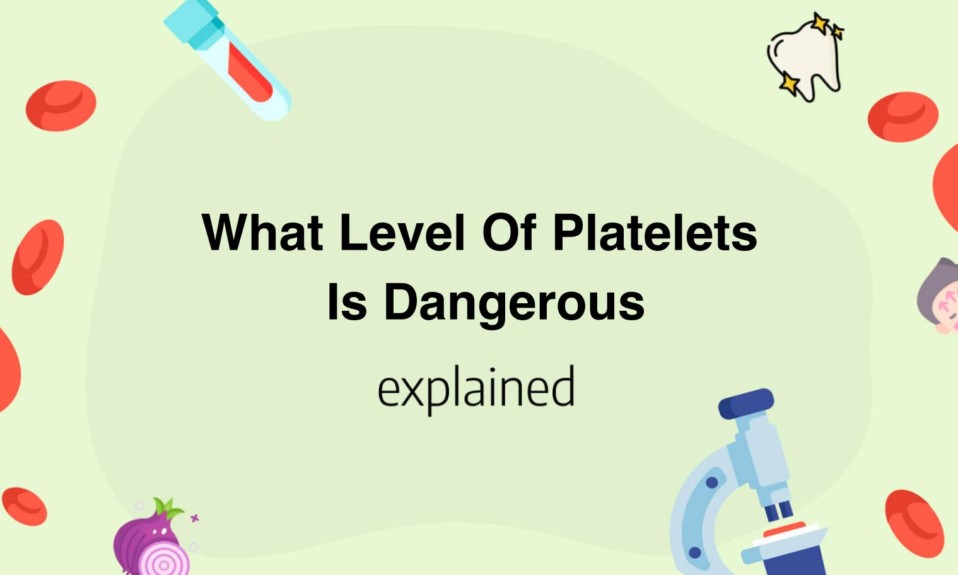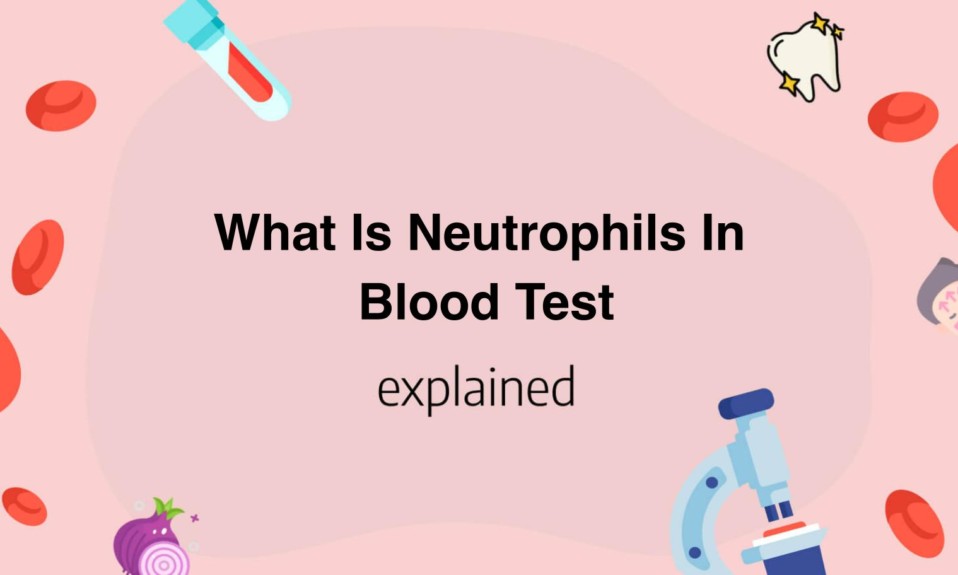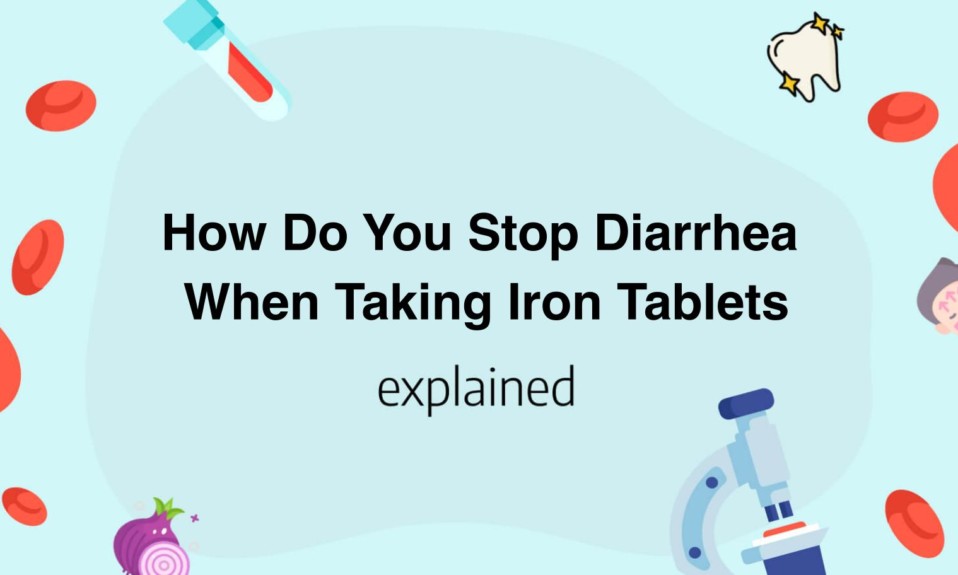Black spots on teeth are not simply an aesthetic issue but are often indicative of an oral hygiene problem or certain eating habits.
Although it is often easy to remove stains from the teeth, don’t wait to see your dentist and seek professional advice to improve your oral health.
You should know that stains can have different causes but that it is usually possible to remove them permanently.
Black spots on teeth causes
The dental crown is covered with enamel, which is the most mineralized material in our entire body. It is therefore the most solid! Enamel is white in color because of the network of calcium crystals that make it up.
But stains, more or less harmless, are the weakness of the enamel… From yellowish to very black, through several shades of brown, dental stains can have several causes.
Colored foods and drinks
Many foods, both liquid and solid, contain chromogenic substances, both natural and chemical, which can “pigment” the enamel.
The more we abuse them, day after day, the more these substances mark the teeth, especially if the hygiene measures are not adapted.
There are for example:
- red wine,
- coffee and tea,
- colored fruit juices, red fruits,
- sweets and sweetened drinks containing artificial coloring.
Lack of dental hygiene
Black spots on teeth can be due to a lack of oral hygiene.
Tartar is a mineralization of the dental plaque, left “quiet” by lack of effective and regular brushing.
Plaque is in fact the association between bacteria naturally present in the mouth, saliva and food particles. Due to a lack of hygiene control, plaque is permanently deposited, becoming mineralized.
The bacteria in the tartar then feed on sweet foods to produce an acid that destroys the enamel.
Without enamel, the parts of the tooth attacked by bacteria are no longer white, and lose their function as a “shield” protecting the root. Bacteria can start to dig their tunnel, which is called… decay.
Any dark discoloration on a tooth may be a cavity in the making, and action must be taken quickly before it forms a channel to the dentin.
Age
As we age, the enamel thins and exposes the dentin underneath, which is less white and more likely to stain with food pigments.
Medications
Some medications, such as tetracycline-based antibiotics, are also known to cause gray or black stains on teeth.
How to avoid black spots on teeth?
High consumption of coloring substances such as coffee, tea, red wine, red fruits, licorice and certain spices such as curry, can create or aggravate tooth staining.
Similarly, dietary supplements containing iron can also contribute to tooth staining.
A bad dental hygiene, too aggressive or on the contrary too “rare”, will weaken the enamel, via erosion (due to the aggression) or via the dental plaque (which one lets settle).
It is also important to know that some people have a more porous enamel texture than normal, making it more vulnerable to stains.
Black spots on children’s teeth
Children’s teeth can also be affected by black stains, as the causes mentioned above also apply to the youngest ones: such as pigmenting foods (red fruit juices or sweets) or the lack of effective brushing.
Even in children, poor dental hygiene will weaken the enamel by leaving it under the acid attacks of the dental plaque and ultimately create cavities.
Two dental diseases specific to children can also cause the symptoms of black spots: melanodontia and creeping decay.
Infantile melanodontia
A pathology specific to children, infantile melanodontia can also be the cause of black spots on the teeth of babies and children. Of unknown origin, this disease leads to the progressive destruction of the enamel, especially on the upper incisors.
In case of infantile melanodontia, the treatment consists in applying antibiotic-based dressings and taking vitamin and mineral supplements. Oral hygiene must also be impeccable to manage the fragility of the teeth in the face of acid and bacterial attacks.
Creeping decay
Stains on children’s teeth can also take the form of a thin black line or strip. In this case, the stain is often related to the presence of bacteria that cause these unsightly stains. It is called “creeping decay” because instead of going down to the root, very locally, on a tooth, the decay spreads by attacking the enamel superficially, all around the tooth, and on several concomitant teeth.
How to remove black spots on teeth?
Several solutions are available, depending on the cause of the black spot.
Your dentist will advise you after a dental diagnosis.
Diffuse and punctual stains will require chairside bleaching, while very stubborn stains can be hidden by veneers.
Finally, some severe cases can only be fully repaired by placing an aesthetic prosthesis on your tooth, a new, white crown.
In-office teeth whitening
Black spots on teeth can be removed by in-office teeth whitening, usually in one or two sessions.
Painless and fast, this technique allows to eliminate all the stains from the enamel and to lighten yellow teeth.
However, tooth whitening is not recommended for people with sensitive gums and is forbidden for children.
For the latter, the “whitening” treatment will be to cover the teeth with a fluorinated varnish, with or without resin, which will imitate healthy enamel and protect the tooth from pigment and acid attacks by remineralizing it.
Bleaching treatments are not recommended in cases of cavities or periodontal disease: your dentist will advise you to get your teeth back into shape before aiming for whiteness. Scaling, care of cavities and gums, must precede the application of bleaching chemicals.
Home teeth whitening
Home teeth whitening is also an interesting option for removing black stains from teeth, but it is important to choose the right whitening product.
Pencils or whitening strips are not very effective against black stains and it is better to turn to a dental whitening kit to be used as a cure over several weeks.
But be careful, here too, not all products are equal.
Dental veneers
Another way to remove stains from teeth is to apply dental veneers.
After a light grinding, thin ceramic films cover the stained teeth, like a permanent “mask” of the tooth. This is the solution chosen by many movie stars! The result is very fast and very natural with the current techniques and materials.
Veneers are a very good solution when stains come back without fail after chairside whitening (due to lifestyle and enamel quality) but also when you have other aesthetic goals: if you want to modify the shape (pointed, chipped, too short…) of your teeth, or to review an alignment.
The color of the veneers can be chosen, as well as the shape, allowing for a custom treatment.
Two chairside sessions are usually required, no more. An annual follow-up is then recommended to remove tartar and check the state of oral health. This will ensure the longevity of the veneers, which is 10 to 20 years.
As in the case of whitening, the teeth must first be treated: cavities, periodontal disease, must be treated and cured before the veneers are placed. In the case of severe bruxism, rehabilitation and complete healing must also be planned before veneers are applied. Finally, hygiene must be perfect and re-educated if necessary.
Dental crown
When the tooth is very damaged, it is also possible to proceed with a dental crown.
This is an aesthetic prosthesis that completely replaces the visible tooth, and allows it to perform all its functions: mastication, support of the immediate teeth and the jaw, and protection of the root. It will cover the “stump” of the tooth, prepared by the dentist to receive the prosthesis (with reinforcement and reconstitution if necessary).
Resistant and durable, dental crowns generally offer a very natural result. However, it is an irreversible treatment, so it is better to think carefully with your dentist before resorting to it.
Finally, it is also important to watch your diet to eliminate coloring substances that can stain the ceramic.









